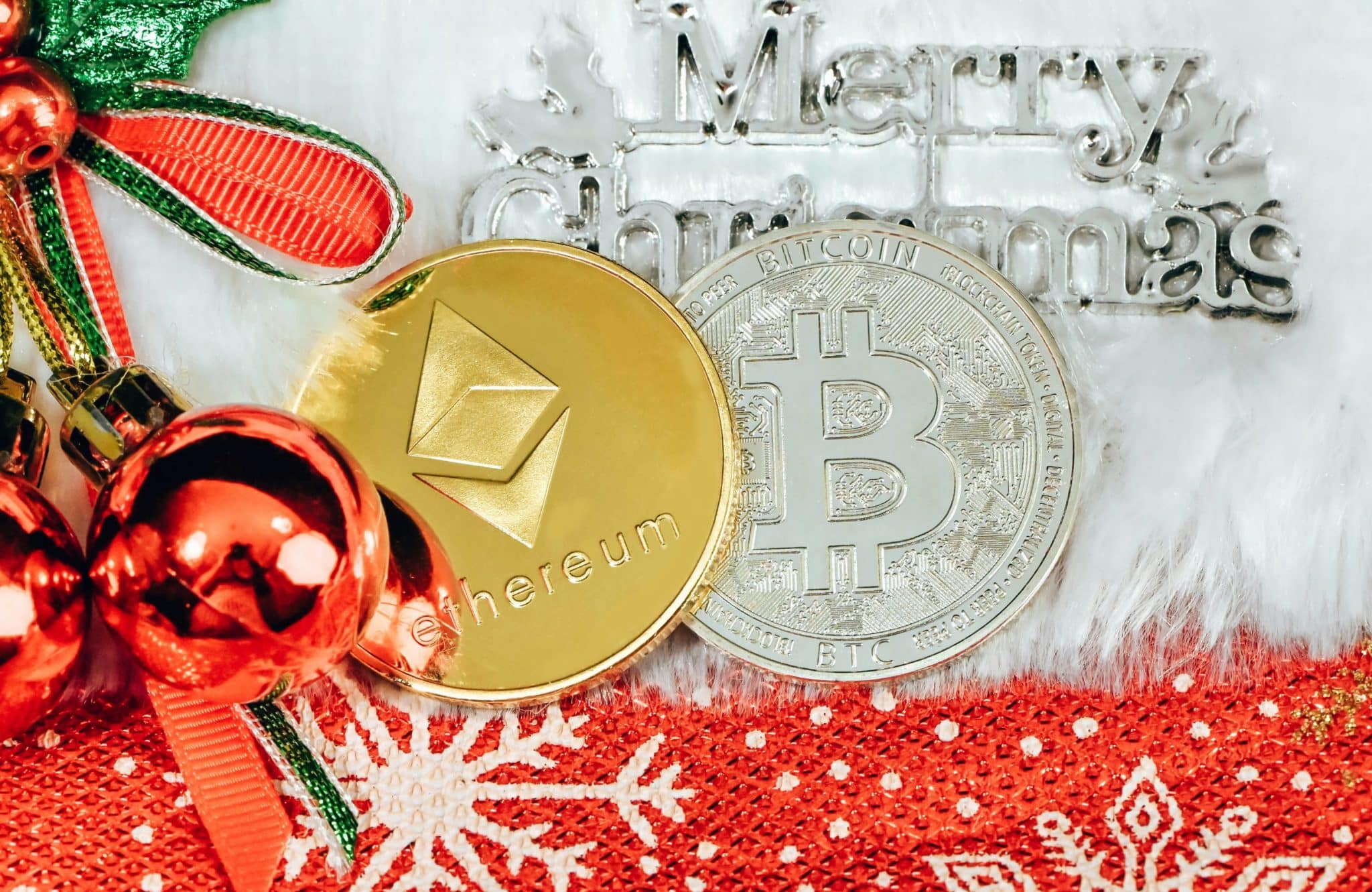Emerging Crypto Narratives and Blockchain Innovations for 2025

As we look ahead to 2025, the cryptocurrency landscape is poised for significant evolution, particularly with the emergence of blockchains like Solana, SUI, and Bitcoin. Following the FTX crash, many investors have turned their attention back to Solana, which offers a unique advantage over Ethereum by providing faster and cheaper transactions. With only 5% of the global population currently owning cryptocurrency, experts believe we are still in the early stages of this digital revolution. While Bitcoin remains the dominant force in the market, Ethereum’s influence is waning, primarily due to its congested layer 2 solutions, which may hinder its performance in the upcoming cycle.
Solana is rapidly gaining traction, boasting impressive statistics such as a transaction speed of 1,500 transactions per second (tps) and surpassing Ethereum and Tron in total economic value locked. The upcoming Firedancer update is expected to enhance its capabilities further, potentially reaching 1 million tps. Additionally, the SUI blockchain is emerging as a strong contender in the decentralized physical infrastructure networks (DePIN) space, offering solutions for the Internet of Things. With a focus on real-time, secure interactions among interconnected devices, SUI is attracting developers and projects like Karrier One and Chirp Wireless, which aim to revolutionize wireless access and decentralized telecom.
The current narratives in the crypto space include real-world assets, AI, GameFi, and meme coins, with a particular emphasis on DePIN. Bitcoin continues to outperform other asset classes, reinforcing its position as a leading investment choice. As the cryptocurrency market evolves, the belief in Web3 remains steadfast, with many anticipating a bullish trend in the near future. For those still exploring the crypto landscape, the message is clear: the opportunity to invest in transformative technologies is ripe, and the time to act is now.
Related News





